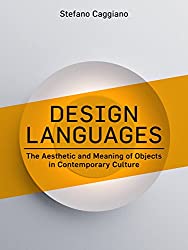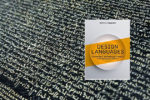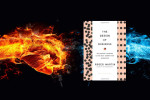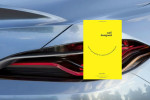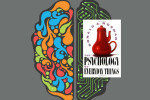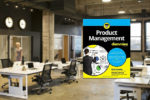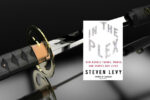Design at the convergence of digital and material realities
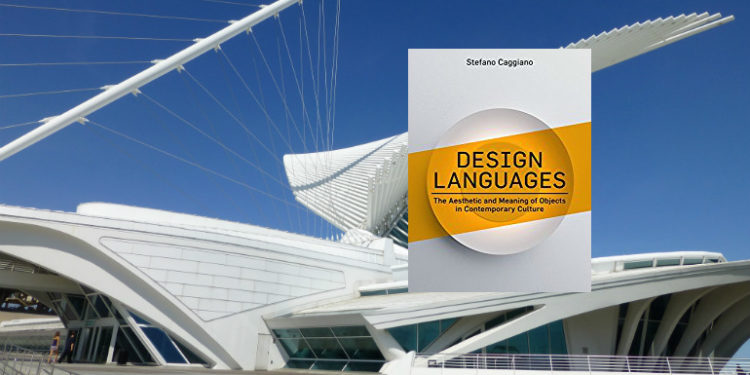
Design languages are evolving to help us mediate our relationship to the powerful digital technology that pervades our lives. Each design language expresses cognitive metaphors that provide ease with or understanding of technology.
Design Languages by Stefano Caggiano
In Design Languages, Stefano Caggiano explores the evolution of industrial design themes over the past 50+ years. Design languages describe both the aesthetic (the visual, visible aspect) and the underlying cultural meaning of design themes The book traces the influences and changes that affect objects in our lives.
Design Languages traces design themes from the early 1900’s through 2010. Caggiano explores the evolution of each design language as it changes according to technological and societal context.
In this video Stefano Caggiano explores the evolution of a subset of those design languages. He discusses design languages that exist within the context of “digitality”–the expanding role that digital devices and interfaces are taking in our lives. These languages are both an expression of our digital technology as well as a reaction and response to it.
Organic Design
[table colwidth=250|250 colalign=center|center|center]
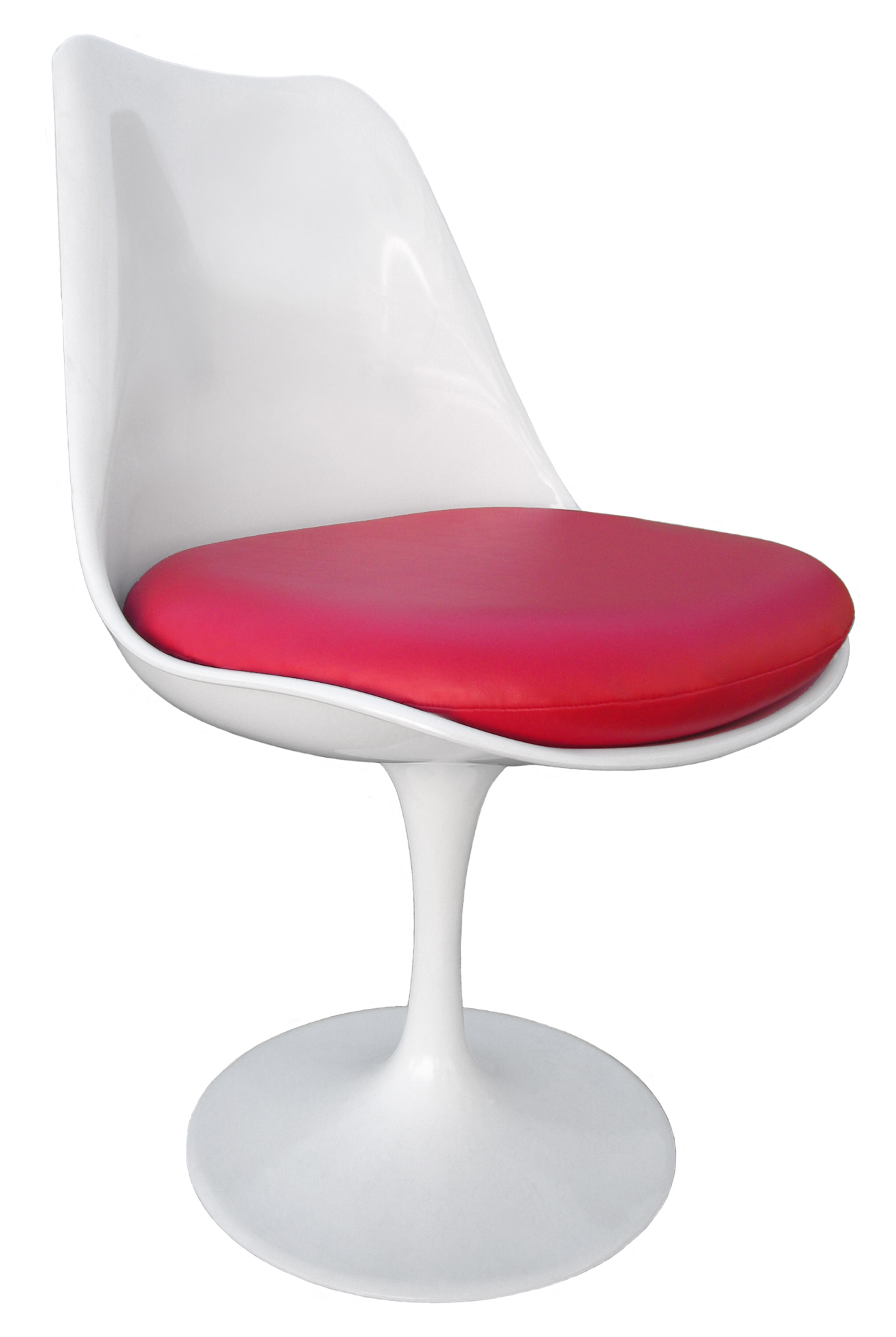 ,
,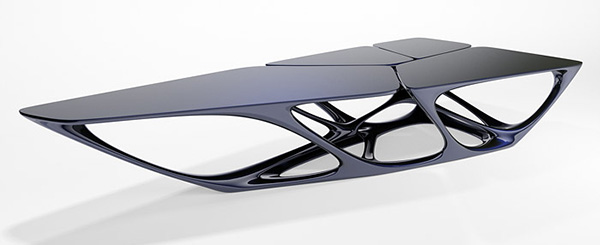
Tulip chair – Eero Saarinen,Mesa table – Zaha Tahid
[/table]
Organic, geometric design seeks to create objects which are perceived as a unique whole. With the advent of 3D printing, a new “digital organic” aesthetic has become available. Objects can now be constructed in layers to create a complete artifact in one piece. The meaning stays the same, but the visual language changes subtly. 3D printing allows objects to “grow” according to a programmed shape.
Obvious Construction
[table colwidth=250|250 colalign=center|center|center]
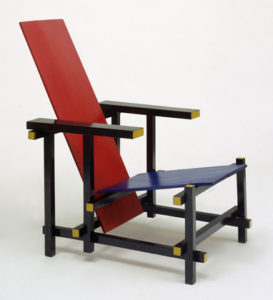 ,
,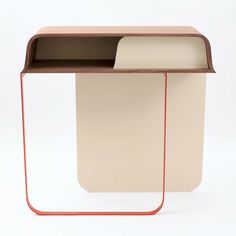 ,
,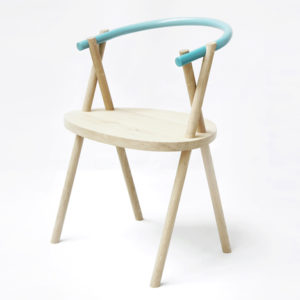
Marcel Breuer – Red and Blue chair,Eric Jourdan – Formes Desk,Oato – Stuck chair
[/table]
Obvious Construction is the evolution of the Rationalist design language. Obvious Construction creates artifacts which explicitly appear as consisting of multiple parts, with no attempt to create a holistic, single-body aesthetic like Organic Design. Parts are left exposed and purposefully connected on the exterior. Nothing is hidden. For Caggiano a bicycle is the perfect example of Obvious Construction: all parts and operation is visible to the eye. There are no secrets.
Caggiano says that this aesthetic is appreciated because so many digital devices we use today are complete mysteries to many people. Although the interface is well know, the inner workings of mobile phones, web services, and laptops are unknown. Obvious Construction is a counter-balance to this digital opacity which pervades our lives.
Transitional Objects
[table colwidth=250|250 colalign=center|center]
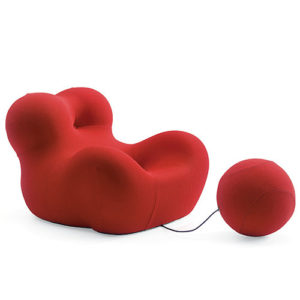 ,
,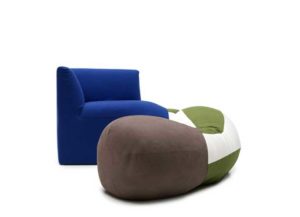
Gaetano Pesce-UP 5,Giovanni Levanti – Gobbalunga armchair
[/table]
Transitional Objects evolved from the Pop design language of the 1960’s. In psychology, transitional objects are things like stuffed animals and favorite blankets that help children through the process of detachment from their mothers. Children need to gain awarness of being an individual separated from their mother; transitional objects provide a safe bridge by temporarily replacing the mother’s body. Transitional objects provide the feeling of being reassured, dampening anxiety.
The soft, gentle aesthetic of transitional objects helps relieve anxiety. Caggiano sees one aspect of current cultural anxiety as being caused by the massive delegation of cognitive functions from our brains to the ubiquitous digital technology which surrounds us. As we “outsource” more and more cognitive processes like driving and wayfinding to computers, we begin to sense a lack of control over our minds (as defined by the set of cognitive functions we can perform) and develop a sense of anxiety. Many transitional objects provide a reassuring embrace in their form and colors.
Graphic Blocks
[table colwidth=250|250 colalign=center|center]
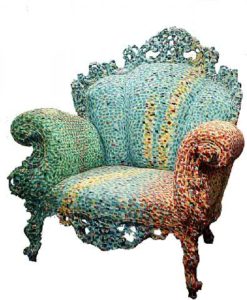 ,
,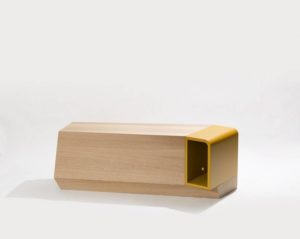
Alessandro Mendini – Proust’s Armchair,Numero 111 – tandem cabinet
[/table]
Graphic Blocks is the evolution of decorative language from the 1970’s in which decoration is the most important feature of the object. Graphic Blocks uses geometric elements as the main decorative component of the object. Caggiano sees a similarity between the “visual tangibility” of digital icons in user interfaces and the graphic blocks used in furniture and physical artifacts. In this aesthetic, you have the experience of touching graphic objects on the screen with a gestural interface, just as you can with Graphic Blocks.
Arts & Witchcraft
[table colwidth=250|250 colalign=center|center]
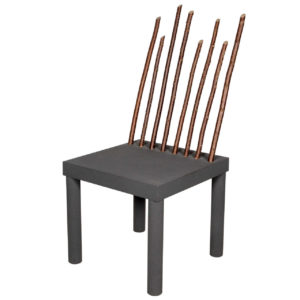 ,
,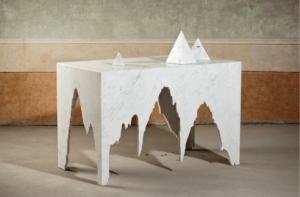
Andrea Branzi – Animali Domestici,Andrea Magnani – Cpteubzeslub marble table
[/table]
Unlike the prior design languages, which are suitable for mass market distribution, Arts & Witchcraft is more personal, underground, and exploratory for the designer. Arts & Witchcraft is an evolution of Anthropological language and is “not so easy to sell”, but “it tells something about the world we live in.” Arts & Witchcraft blends aesthetics found in hermeticism and alchemy to reflect on the magic that is experienced in the power of digital technology we now wear and use daily. As the power of digital techonology increases and pervades our lives, we experience a increasing sense of wonder. The “desktop” and “file” user interface metaphors are meant to bridge the gap between our physical context and the mysterious digital realm over which we have command. Now your phone can talk to you, you can talk to it, it knows where you are, it can answer any question, can find help, and it knows what you need. Arts & Witchcraft is an acknowledgement of the super-powers we now have in our pockets, bike messenger bags, and wrists. Magic, a cognitive metaphor, has been an explanation for process that have not been understood. As with the other design languages, Arts & Witchcraft provides a cognitive metaphor for managing our relationship with the awesome power of digital technology.
Enchanted Objects and Distributed Interface
Caggiano concludes by discussing David Rose’s Enchanted Objects. Enchanted Objects posits that we will evolve away from slabs of black glass crammed with apps. It imagines a future where technology combines itself with real-world objects which are dedicated to one specific tasks. Enchanted objects are always at hand, never intrusive, and do not overwhelm with multi-purpose functions.
For Caggiano, Enchanted Objects incorporate many of the design languages he discusses in the talk. Graphic Blocks are visually tangible interfaces; not digital, but ones you can touch. Transitional Objects, Obvious Construction, and Arts & Witchcraft all serve to ameliorate our relationship with digital technology. These objects are aestheticall clean, transitional, and obviously constructed–something you can understand at first glance. They are “simple in their aesthetics, cognitively manageable, and digitally augumented–magic, but not too much.” Caggiano envisions a world where each object is an app, with a single function. All the objects in your life will be the distributed interface. “An enchanted world,” says Caggiano is where “digitality is not overwhelming but is something that enhances your life…makes it better.”
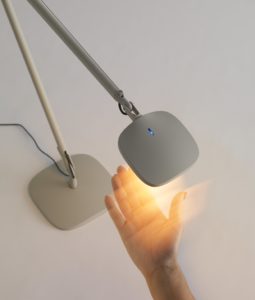
The final object he presents is the Volee lamp by Odoardo Fioravanti. This lamp expresses the Transitional Objects, Graphic Blocks, and Obvious Construction languages. It has no on/off switch. To turn it on, you pass your hand beneath it; it is magic, but not too much. It does not have a screen or a complicated interface.
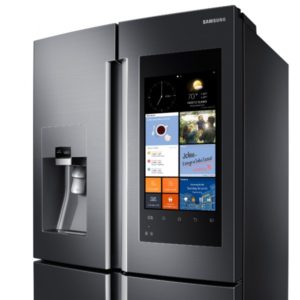
Unlike a refrigerator with with apps crammed into a black glass slab, the lamp is a single purpose device that does not overwhelm or increase anxiety. The refrigerator is an imposing monolith that confronts you with too much functionality and conflates its primary function with extraneous information processing services.
